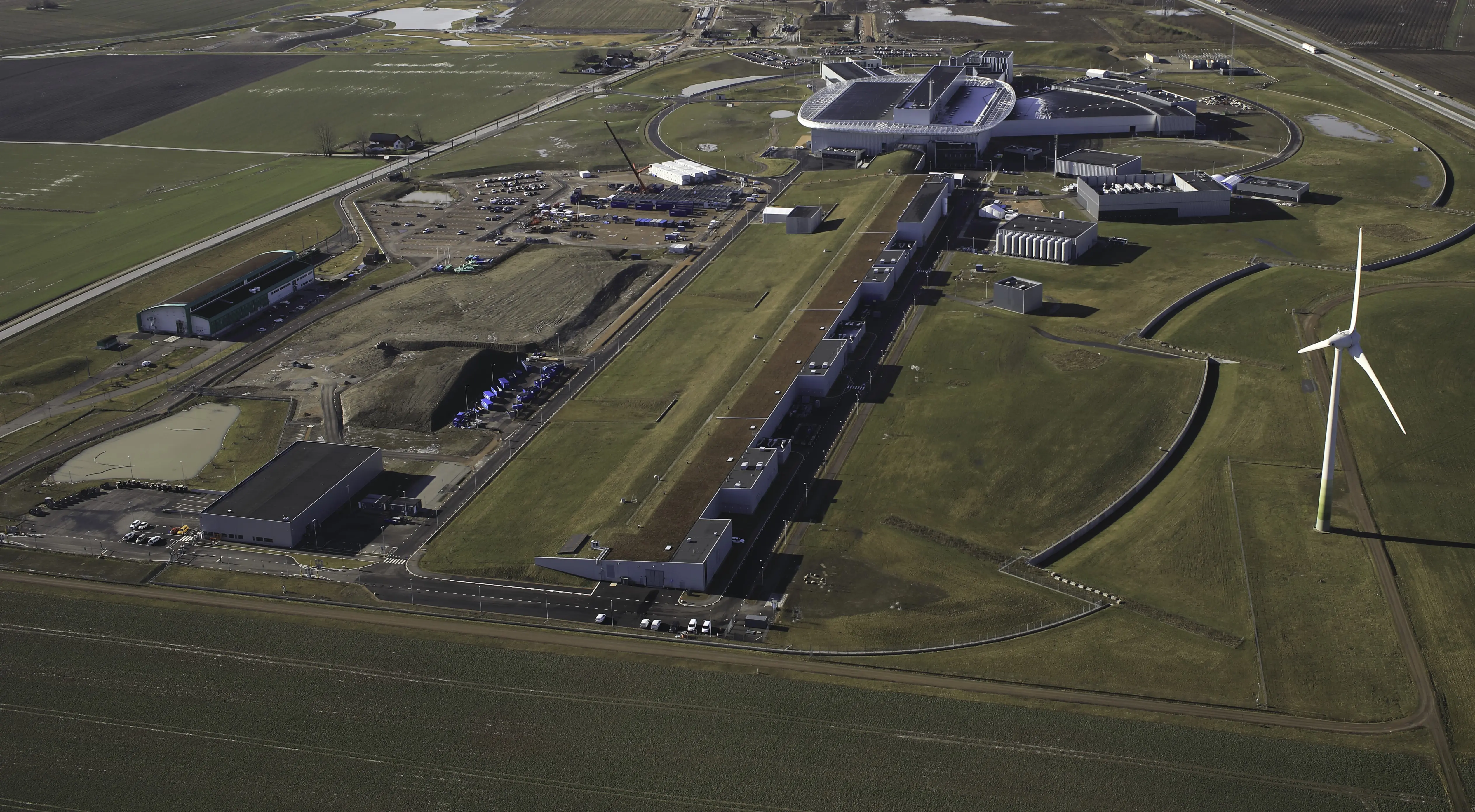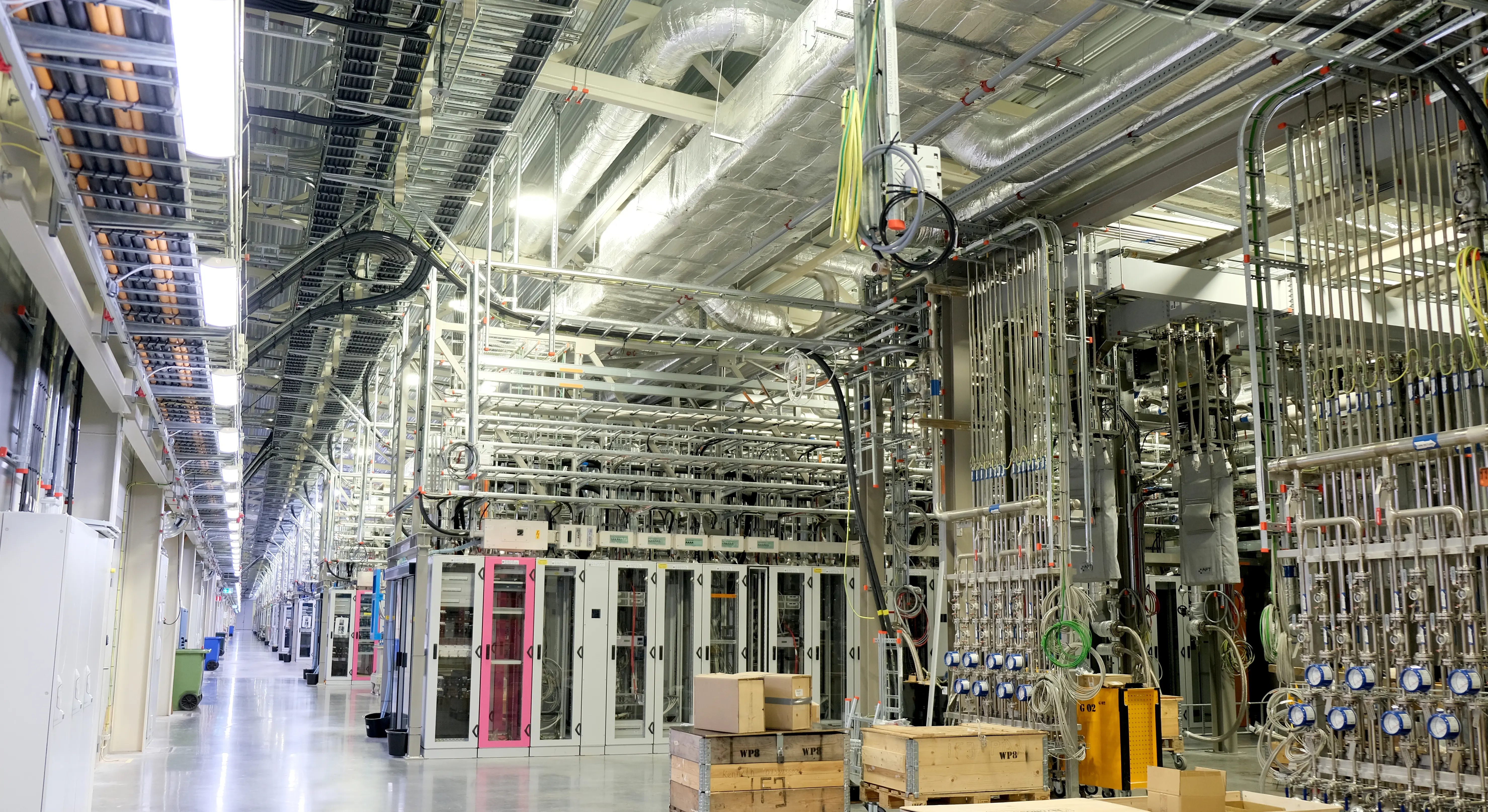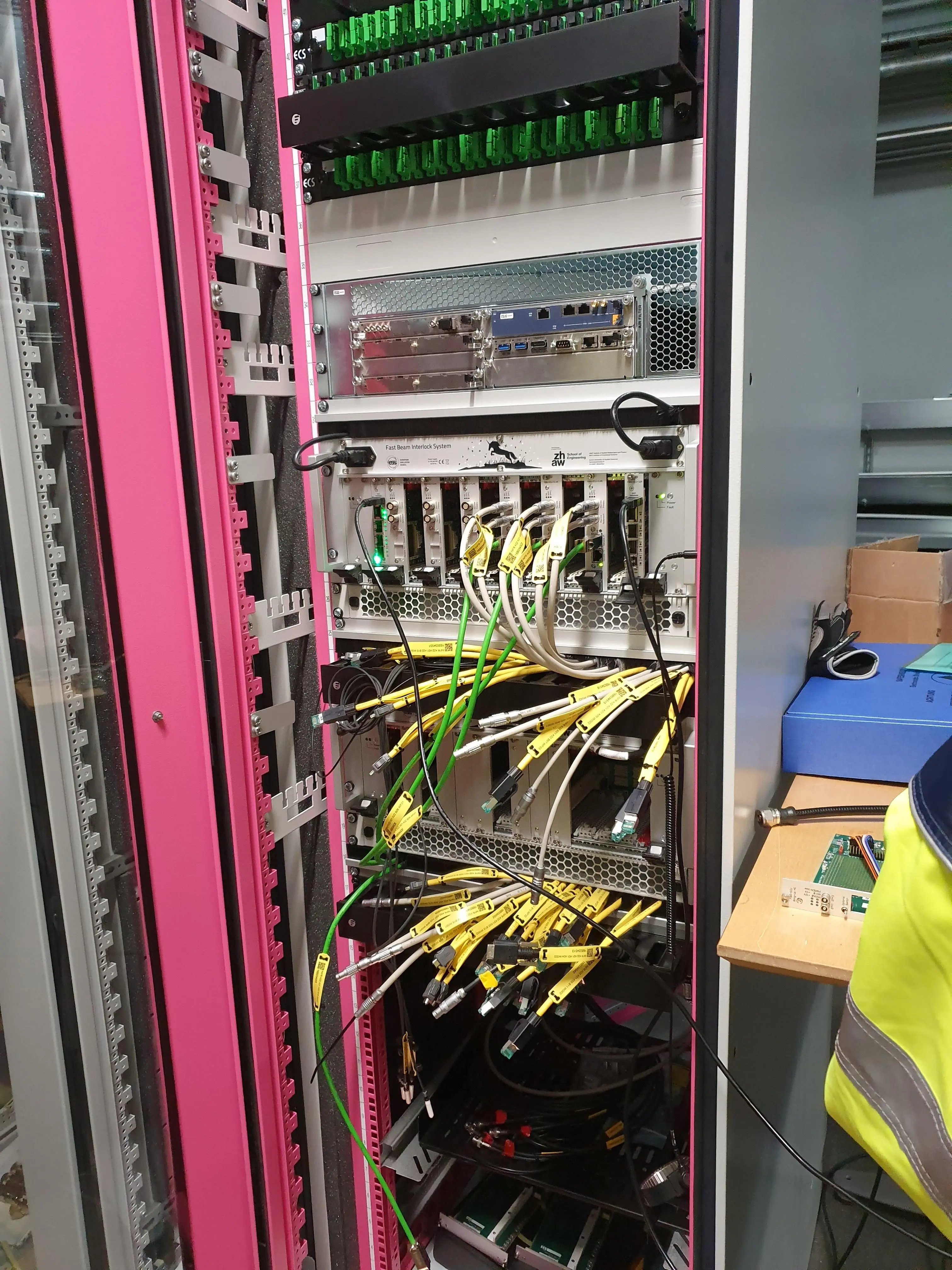ZHAW involved in the world’s most powerful neutron source in Sweden
The European Spallation Source is used to investigate material properties and processes at an atomic level in the fields of medicine, renewable energies and quantum computing. ZHAW researchers have developed protection systems for this one-of-a-kind neutron source in Sweden.

The European Spallation Source (ESS), which is set to be the world’s most powerful neutron source, is currently under construction in the Swedish city of Lund. The ZHAW School of Engineering played a key role in the development of the facility’s machine protection and personnel safety systems. The large-scale research facility will generate spallation neutrons for the first time in 2025. Researchers are hoping that the very intense and pulsed neutron beam will allow for material properties to be examined more efficiently. The applications range from the optimisation of hard drives and the investigation of structures within quantum computing to the further development of solar cells and the decoding of molecular structures. “The field of neutron physics is very interesting when it comes to exploring the structure of materials. Neutrons penetrate denser materials better than X-rays, for instance, making it possible to analyse the internal structure of objects,” explains ZHAW researcher Christian Hilbes.
Proton beam must stop within a very short time
The 600-metre-long proton accelerator and the adjacent rotating neutron source have been developed especially for the European Spallation Source. Many of the accelerator’s components are elaborately made custom products. If the proton beam changes significantly, the components could age faster or it is possible that a hole may even appear. “Any damage may result in the system being shut down for an extended period, something that should be avoided at all costs,” explains Christian Hilbes. The machine protection system is tasked with responding before any damage is suffered. The system also monitors countless parameters that are measured along the entire accelerator. If the parameters exceed specified tolerances, the beam is switched off in the blink of an eye. “Our task with the European Spallation Source was to develop the concepts for the machine protection system zzz as well as to realise specific sub-systems. We also provided support in developing various personnel safety systems,” says Hilbes.

Machine protection system allows for quick shutdown

It is imperative to be able to respond extremely quickly to some of the events that may occur in the accelerator. “The challenge lay in the fact that there was no commercially available machine protection system, meaning that we had to develop it from the ground up,” says Christian Hilbes. The ZHAW team has therefore developed the so-called Fast Beam Interlock System (FBIS) with almost 600 hardware units and corresponding software. “The Fast Beam Interlock System has to respond within a few 10 to hundreds of microseconds. And it has to do so 24 hours a day, preferably without causing any false shutdowns,” explains Martin Rejzek from the ZHAW School of Engineering. “The system we developed is used, for example, if a beam current monitor registers an unexpected beam intensity. It then has to decide whether to turn off the beam or not.” As the beam current monitors have been developed with a focus on beam optimisation rather than machine protection, a total of several hundred signals from, in some cases, very different systems had to be integrated into the Fast Beam Interlock System.
Participation in the development of the personnel protection system
The ZHAW team also played a significant role in the design, realisation and verification of various personnel safety systems belonging to the European Spallation Source. “As this is a matter of personal protection, with protection against radiation being the primary consideration, very stringent requirements have to be adhered to in this area,” explains ZHAW researcher Joanna Weng. These include, for example, regulations relating to the question of when a person is allowed to be in which area.
European Spallation Source (ESS)
The construction of the European Spallation Source (ESS) in the Swedish city of Lund commenced back in 2014. The research facility is a European Research Infrastructure Consortium (ERIC), which comprises 11 other European countries alongside Sweden and Switzerland. From Switzerland, in addition to the ZHAW, the Paul Scherrer Institute (PSI) is also significantly involved in the development of the ESS. The system is currently being commissioned. The large-scale research facility is set to generate spallation neutrons for the first time in 2025. Scientists from many different research segments are hoping that the very intense and pulsed neutron beam will allow for material properties to be researched more efficiently.
Downloads
Media release “ZHAW involved in the world’s most powerful neutron source in Sweden” (PDF 2.2 MB) (PDF 2.10 MB)
Download image 1: View of the ESS site (JPG 2.95 MB)
Download image 2: View inside the hall (JPG 15.04 MB)
Download image 3: View of the cabinet containing components of the Fast Beam Interlock System (JPG 4.27 MB)
Contact
- Dr Christian Hilbes, ZHAW School of Engineering, Institute of Applied Mathematics and Physics, tel. +41 58 934 65 45, e-mail christian.hilbes@zhaw.ch
- Martin Rejzek, ZHAW School of Engineering, Institute of Applied Mathematics and Physics, tel. +41 58 934 67 28, e-mail martin.rejzek@zhaw.ch
- David Bäuerle, ZHAW School of Engineering, Marketing and Communication, tel. +41 58 934 68 61, e-mail david.baeuerle@zhaw.ch
